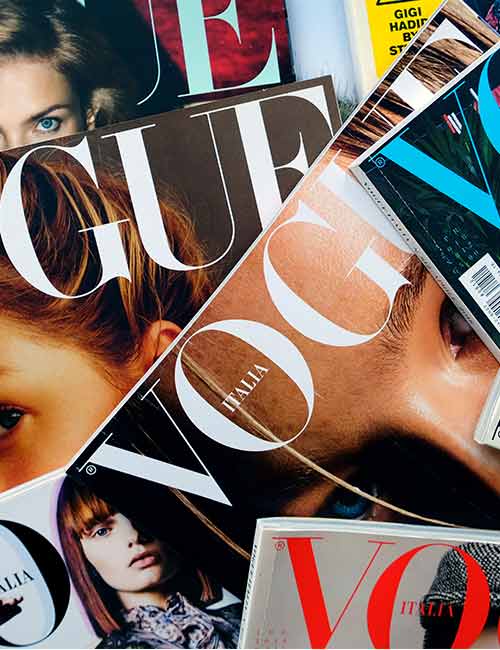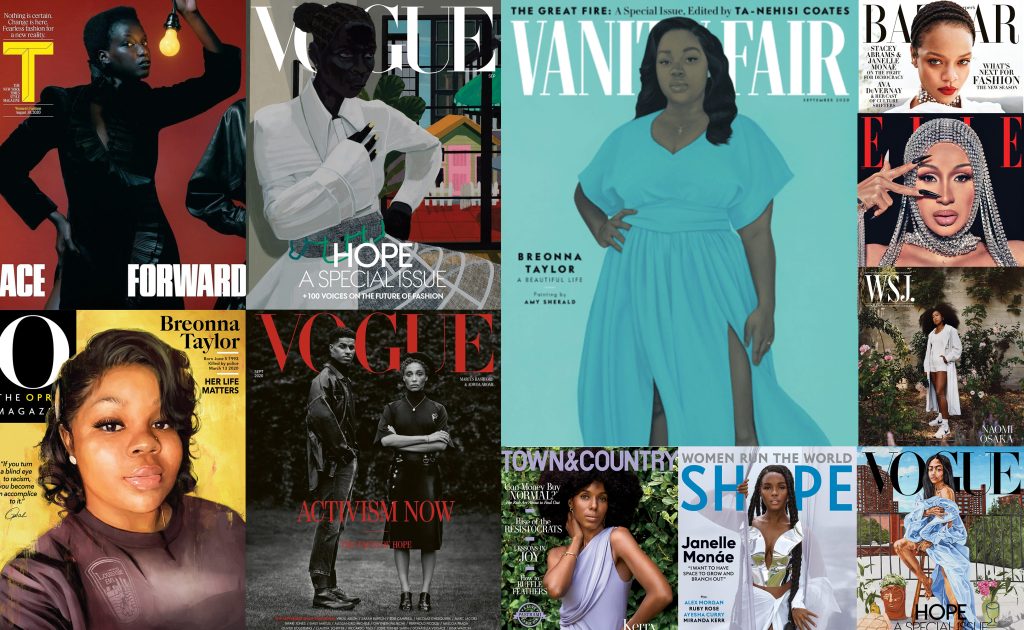For a very long time, fashion publications were more than simply beautiful pages with images of the newest trends. They are cultural objects that reflect and shape the principles, values, and wants of our society. Fashion magazines’ cultural industries are strong forces that may both reflect and have an impact on the fashion industry and beyond.
The development of the cultural sector is closely related to the history of fashion publications. During the nineteenth century, periodicals like Harper’s Bazaar and Vogue were established. These publications introduced readers to new ways of living, beliefs, and social customs in addition to showcasing apparel.


Fashion magazines have carved out their distinct corners within the cultural sector, from the venerable Vogue and Harper’s Bazaar to cutting-edge periodicals like Dazed and Confused. Here’s an example of how they influence and represent culture:
The definition of beauty standards is significantly influenced by fashion periodicals. They have long included models and celebrities who stand for the era’s ideas. These ideas are not constant; they change throughout time as a result of societal changes. There has been a movement in recent years for more inclusive and diversified beauty standards, with publications showcasing models of a wider range of racial backgrounds, body types, and gender identities.
Fashion magazines introduce the newest fashion movements, designers, and collections to the readers. They also assist in developing fashion icons. A celebrity’s fashion choices may become cultural touchstones when they appear on the cover of a prominent fashion publication, prompting innumerable imitations and conversations.
There has been a strong push for inclusiveness and diversity in fashion periodicals in recent years. Many publications have made deliberate attempts to highlight diversity, including presenting models from various ethnic origins and talking about problems of gender and sexuality. This cultural change affects not only the fashion business but also how society views identity and attractiveness.

These publications frequently feature sections devoted to beauty and health that provide readers guidance on self-care practices, skincare, and cosmetics. By doing thus, they contribute to larger discourses about self-image and self-worth by influencing how readers view and take care of themselves.
Readers of fashion magazines may learn about various cultures and way of life through travel and lifestyle articles. They build a feeling of cultural curiosity and respect by encouraging readers to travel and adopt a global viewpoint.
These journals frequently examine cultural occurrences and trends in their articles and editorials. They could talk about issues like sustainability, how technology and fashion interact, or how streetwear has influenced high fashion. Fashion magazines serve as cultural commentators through these pieces, bringing light on topics that are important to their audience.
Conclusion
Fashion publications will continue to be essential to the culture sector as the 21st century progresses. They’ll adjust to the shifting media landscape and come up with creative approaches to interact with readers. A growing emphasis on diversity, sustainability, and ethical behavior is probably in store as societal norms change.To sum up, fashion magazines are more than just periodicals about clothing; they are cultural influences that mirror, mold, and confront our views of identity, fashion, and beauty. They are a component of the cultural sector, a significant influence on how our society develops and is reflected in it.


hi! ! I see that your blog uses fashion as an example to describe the cultural industry. You also show a lot of fashion magazines with pictures, which is very intuitive. I agree with your post about the description of the culture industry because I also pay attention to the fashion side.
I’m absolutely fascinated by this blog I also very much love the fact that all details about the fashion side is included for the reader to understand it. I loved reading about how the magazines came into the play and also about the actual salary of the people in fashion.